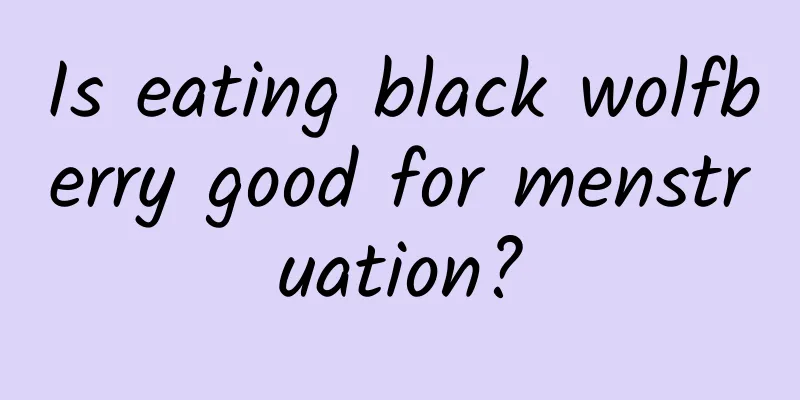If the corals are gone, where will the crabs attach themselves to?

|
At present, global climate change, especially global warming, poses a huge challenge to the survival of marine corals. Reef-building corals are very sensitive to water temperature. If the seawater temperature exceeds a certain range, the coral polyps will abandon the zooxanthellae in their bodies. Without the energy provided by the zooxanthellae, the coral polyps will find it difficult to survive and will soon die, forming bleached corals. This will have a serious impact on the entire marine ecosystem. Based on this, the team led by Lin Qiang, a researcher at the South China Sea Institute of Oceanology, Chinese Academy of Sciences, focused on the formation and evolution of diversity of key biological groups in coral reefs, coupled species distribution models with species interactions, and innovatively discovered the evolutionary laws of biogeographic distribution of coral reef species and their response patterns to future climate change. The relevant results were recently published in Biogeography. Mutual symbiosis helps coral populations grow and reproduce Coral reefs are an important part of the marine ecosystem, providing shelter and complex habitats for marine life. They contain rich and subtle symbiotic and co-existing relationships, and many species of various forms live in the hotbeds built by coral reefs. The mountain-like coral reefs are actually formed by the accumulation of thousands of dead coral polyps. Because coral polyps rely on the symbiotic single-celled zooxanthellae in their bodies to photosynthesize energy, they live in the ocean's photic zone. The species living on coral reefs can reach a quarter of the number of marine species, including fish, worms, mollusks, sponges, echinoderms, crustaceans, and some other invertebrates. Among the numerous coral reefs and the thousands of species living in them, ladder crabs and reef-building corals are typical representatives. Ladder crabs live in corals and form a stable mutualistic symbiotic relationship with them. The corals provide shelter for the ladder crabs, while the ladder crabs act as the "bodyguards" of the corals, responsible for driving away the natural enemies that harm the coral polyps. Comparing corals inhabited by trapezoid crabs and corals without trapezoid crabs, corals without crabs are three times more likely to be attacked by "devil starfish". In addition, these crabs live in the gaps between coral branches and can help clean the sediment on the corals, allowing "fresh" seawater to flush into those narrow corners of the corals. This is of great help to the growth and reproduction of coral populations. Habitat distribution area has changed by more than 50% The impact of interspecific relationships on species distribution has been studied more on terrestrial animals, but relatively less on marine species. The research team took six reef-building corals and their nine symbiotic ladder crabs as representative species, and focused on the hot issue of how interspecific interactions affect species distribution patterns. Combining the results of multiple South China Sea voyage surveys and literature analysis, the team was the first to clarify the symbiotic selection and species interaction relationships between ladder crabs and stony corals. Compared with the traditional model, after incorporating the interspecific relationships of coral reef species into the model, the predicted results of ladder crab species diversity changed significantly in more than 50% of the distribution area, which confirms that stony corals have an important influence on the geographical distribution pattern of ladder crabs. Simultaneous research shows that under future climate change, six host coral species will lose about one-sixth of their suitable habitats. Taking into account the impact of host corals, coral-living ladder crabs will lose more suitable habitats in future global changes. This study particularly emphasizes that the protection of coral reef habitats is an important basis for protecting marine biodiversity. (The author is a researcher at the School of Ecology, Lanzhou University) |
>>: How to make a cup of coffee that keeps workers warm? Use these scientific methods
Recommend
The efficacy and function of mountain cinnamon bark
There are so many medicinal herbs in the world, a...
Can saffron and chrysanthemum be soaked in water together?
Rose tea is sweet and mild in nature. It can prom...
6 major benefits of Asarum Fuzi Decoction
Asarum and Fuzi Decoction is a traditional Chines...
The efficacy and function of pineapple roots and leaves
There are many common Chinese medicinal materials...
Chengdu Rural Commercial Bank: 2017 Rural Electronic Research Report
The Internet Finance Department of Chengdu Rural ...
Research shows: Those who don’t wear masks or get vaccinated may be narcissistic?
Throughout the COVID-19 pandemic, experts have en...
Can kohlrabi lower blood pressure?
Kohlrabi is a very common type of cabbage. Everyo...
Its density is lower than that of air, so it is a magical tool for keeping warm and insulating!
In the process of human history development, the ...
Can eating maca really improve sexual performance?
Maca is a type of traditional Chinese medicine an...
International Epilepsy Awareness Day丨10 million Chinese people are suffering from this chronic brain disease, do you know?
Original title: "10 million Chinese people a...
The efficacy and function of Sanyin Bupleurum
Traditional Chinese medicine has a history of tho...
What does ginseng counteract?
When eating ginseng, you must understand some die...
Chamomile's effects and functions
With the development of society and the close int...
What are the effects of cinnamon twig?
Cassia twig is an evergreen tree belonging to the...
Coal mining produces gangue, with 5 billion tons of gangue piled up in Shanxi, Inner Mongolia, Shaanxi, and Xinjiang. How can major coal-producing provinces reach carbon peak?
my country is a major coal mining country. Accord...









